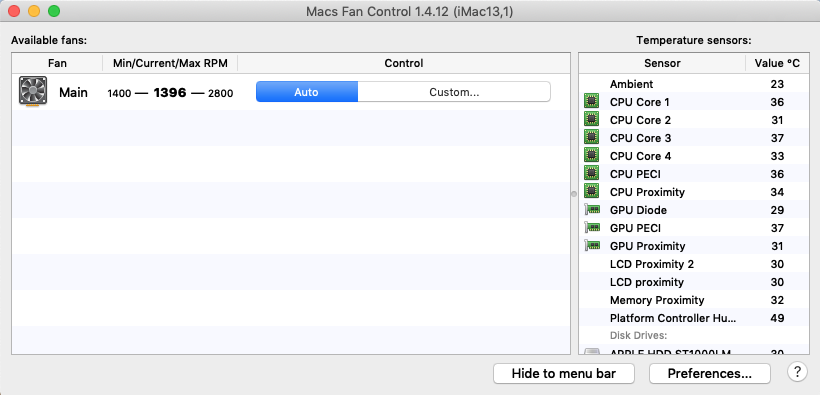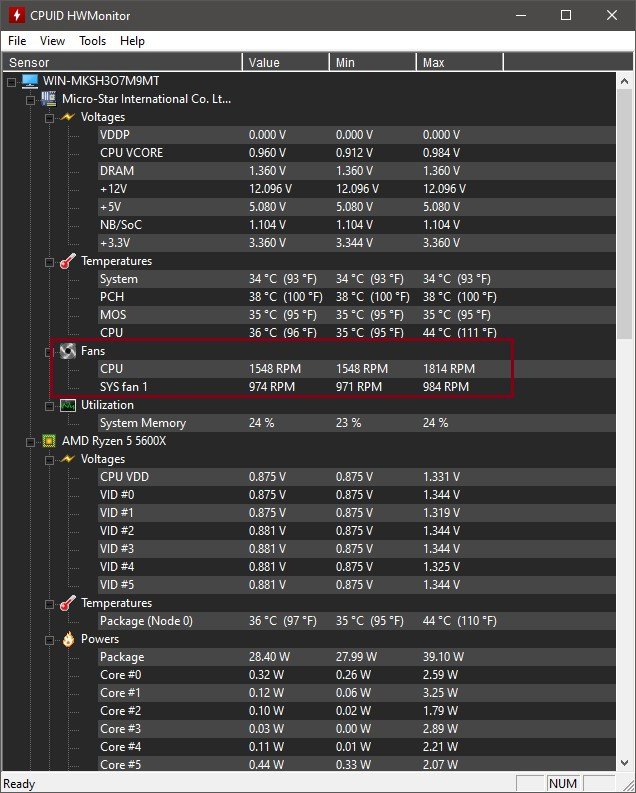


However, this merely provides an interface for reading temperature or writing PWM values.

This stuff is available via the /sys file system, for example fan control via /sys/devices/virtual/hwmon/hwmon2/pwm1. Sudo apt install libkf5config-dev libkf5auth-dev libkf5package-dev libkf5declarative-dev libkf5coreaddons-dev libkf5dbusaddons-dev libkf5kcmutils-dev libkf5i18n-dev libkf5plasma-dev libqt5core5a libqt5widgets5 libqt5gui5 libqt5qml5 extra-cmake-modules qtbase5-dev libkf5notifications-dev qml-module-org-kde-kirigami2 qml-module-qtquick-dialogs qml-module-qtquick-controls2 qml-module-qtquick-layouts qml-module-qt-labs-settings qml-module-qt-labs-folderlistmodel cmake build-essential gettext gitĬmake. The Linux kernel supports a wide variety of temperature monitoring and fan speed control. AMD Ryzen Master application showing various overclocking settings available to users. Install the build requirements (tested in Ubuntu 18.04): sudo apt update (see attached sketch) Ive tried writing scripts on my own, but with no luck as nvidia makes controlling fans a little tricky on linux. Furthermore it communicates with systemd via dbus to control the fancontrol service. I run a multi-GPU computer system (have 8x Nvidia RTX 4090s) and I need a simple and easy way to control the fan curve on each attached GPU through a desktop app on Ubuntu Linux. It uses the KAuth module of the KDE Frameworks 5 to write the generated config file. Configure fancontrol In terminal type sudo pwmconfig This script will stop each fan for 5 seconds to find out which fans can be controlled by which PWM handle. Fancontrol-gui is a GUI for fancontrol which is part of lm_sensors. fancontrol is a shell script for use with lmsensors. Then the fan speed option should be available in Nvidia settings. Some popular fan control software for Linux include lm-sensors, fancontrol, and pwmconfig.


 0 kommentar(er)
0 kommentar(er)
